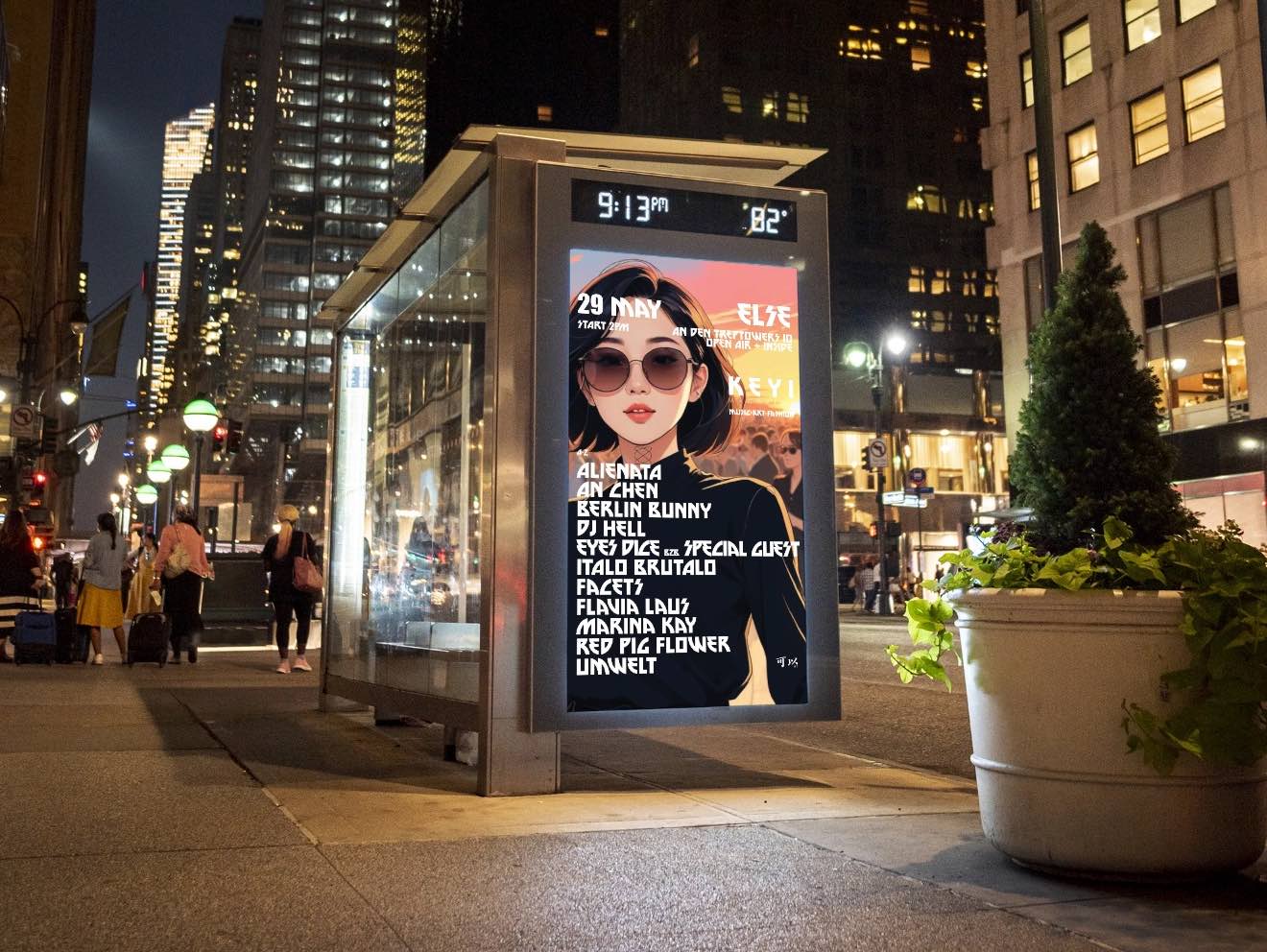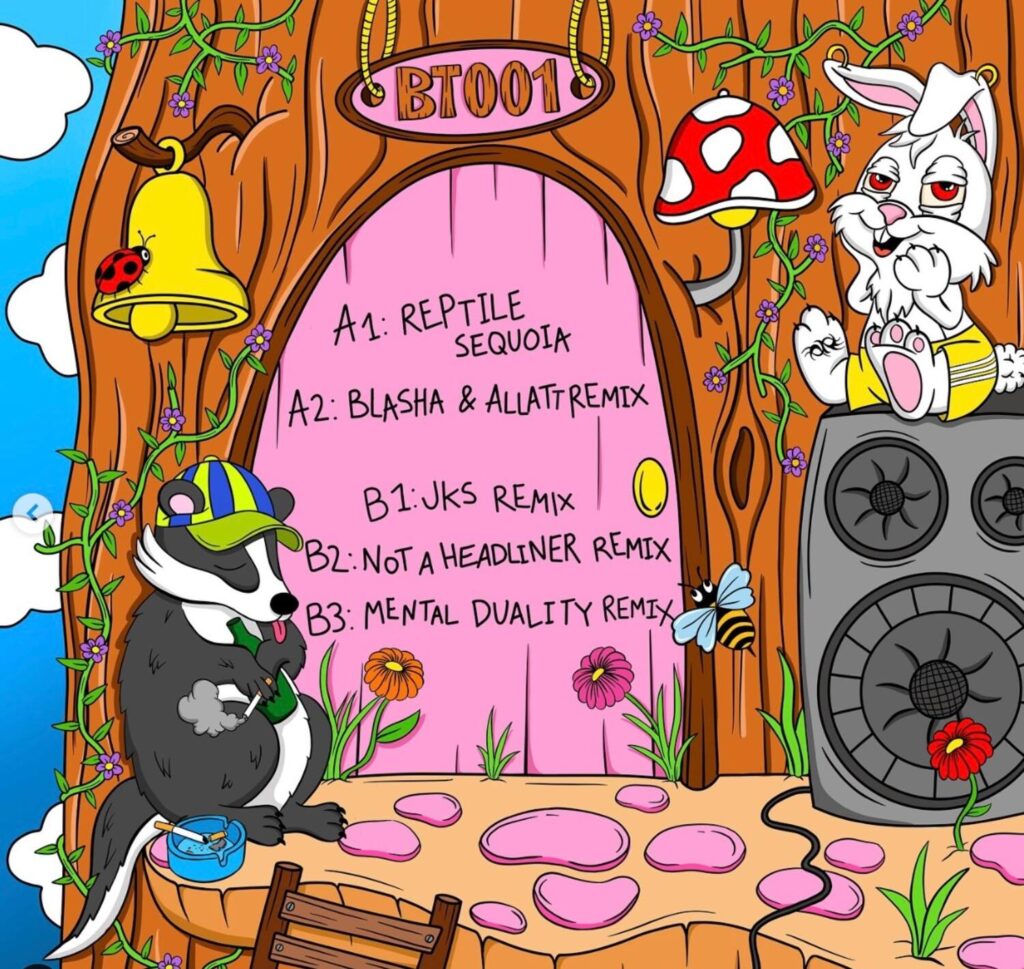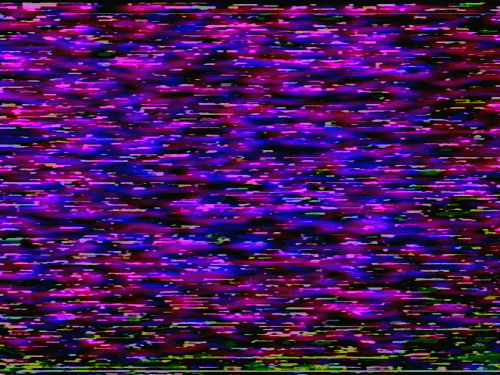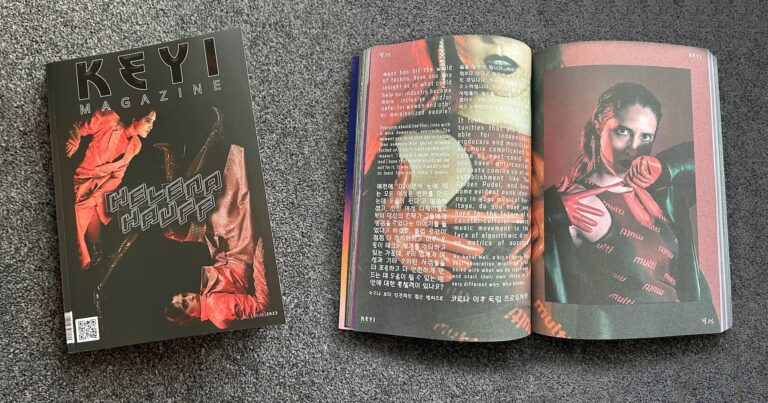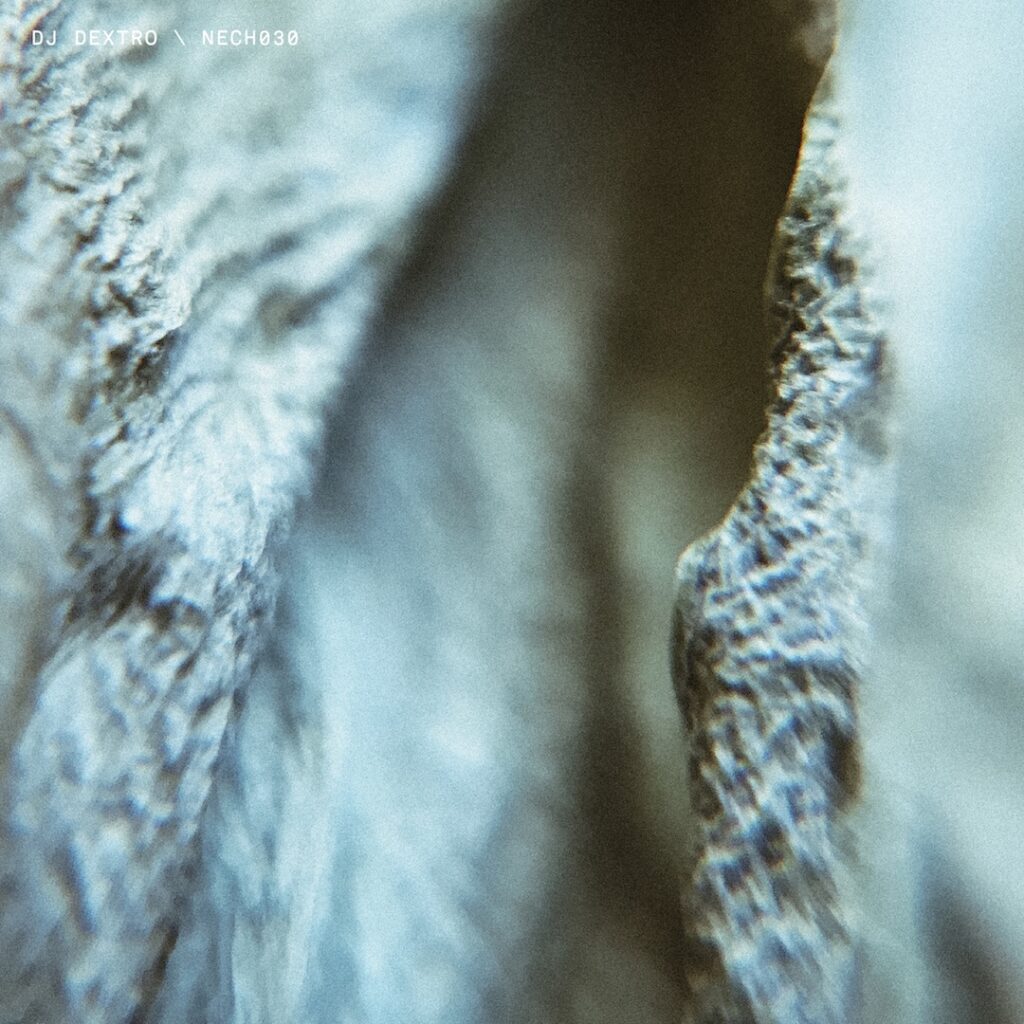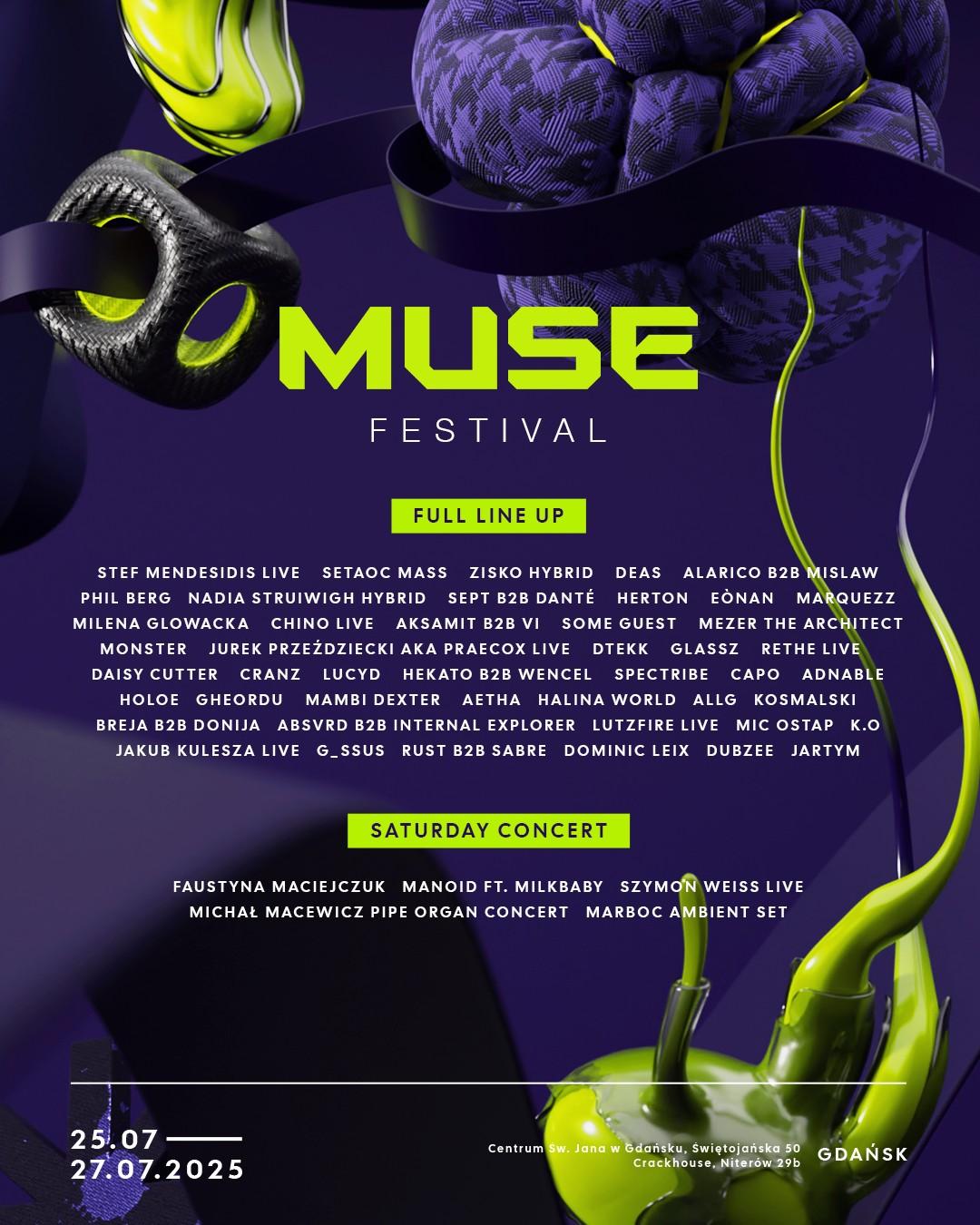What if the alien figure we imagine today—grey, androgynous, void of expression—isn’t a visitor from another world, but a glimpse into our own devolution? Homogeny, the latest project from techno artist apaull, dares to confront this disturbing vision head-on. It suggests a future where individuality is illusion, truth is programmable, and humanity, lulled by convenience and digital dependency, is quietly retreating into uniformity.
Homogeny is a philosophical statement wrapped in rhythm, a dystopian reflection made danceable. We sat down with apaull and also photoshoot him in the studio in Berlin to get to known him more deep and to explore the ideas behind the project, the process, and what it means to create art in a world speeding toward singularity.
What drives you to fuse electronic music with personal narratives and social themes?
Art can be different things to both the beholder and creator. Often it is pure entertainment, something to listen to or something to look at. That is fine. The artist can also put some of their self into their art, whatever that might be. Take Picasso’s painting Guernica. You can look at it for what it is, figures and shapes on a canvas or you can choose to see his deeper message about war. For me writing electronic music gives me the opportunity to explore and express political and social narratives and get them off my chest, so to speak. The narratives I explore are generally not in vogue or part of mainstream thinking.
My philosophy is to create music first, that people will enjoy for what it is. However, all my tracks have a message that listeners can explore if they like. My press releases and social media posts are transparent in terms of themes, so I always pull the curtain back a bit.

Your work often channels visual art, as in Fought and Won, inspired by a series of paintings. How does imagery shape your sonic world?
Massively!
Fought and Won is part of a series of paintings I created at the beginning of the pandemic. It described the outcome of the doom that was about to overcome us. It was not initially created to be part of my music project but felt apropos, as I completed the tracks for my debut album.
The title lettering on all my releases is by Brooklyn based artist Al Diaz, who nearly fifty years ago, was a graffiti collaborator with his friend Jean-Michel Basquiat, and today continues to create art pieces from New York metro signs. I work with him to create a continuity between my various releases, in a different but using the same approach as the German band KMFDM, working with British artist Aidan Hughes to create their cover work. I want people to look at the cover and go that’s apaull. Finally, I have worked closely with techno icon and noted photographer Dave Clarke, who has taken photos of me for both albums. He can capture me because he understands my music (and me to an extent), but also because he has driven the skills and talent that made him musically successful into his photography. He is able to seize unique moments.
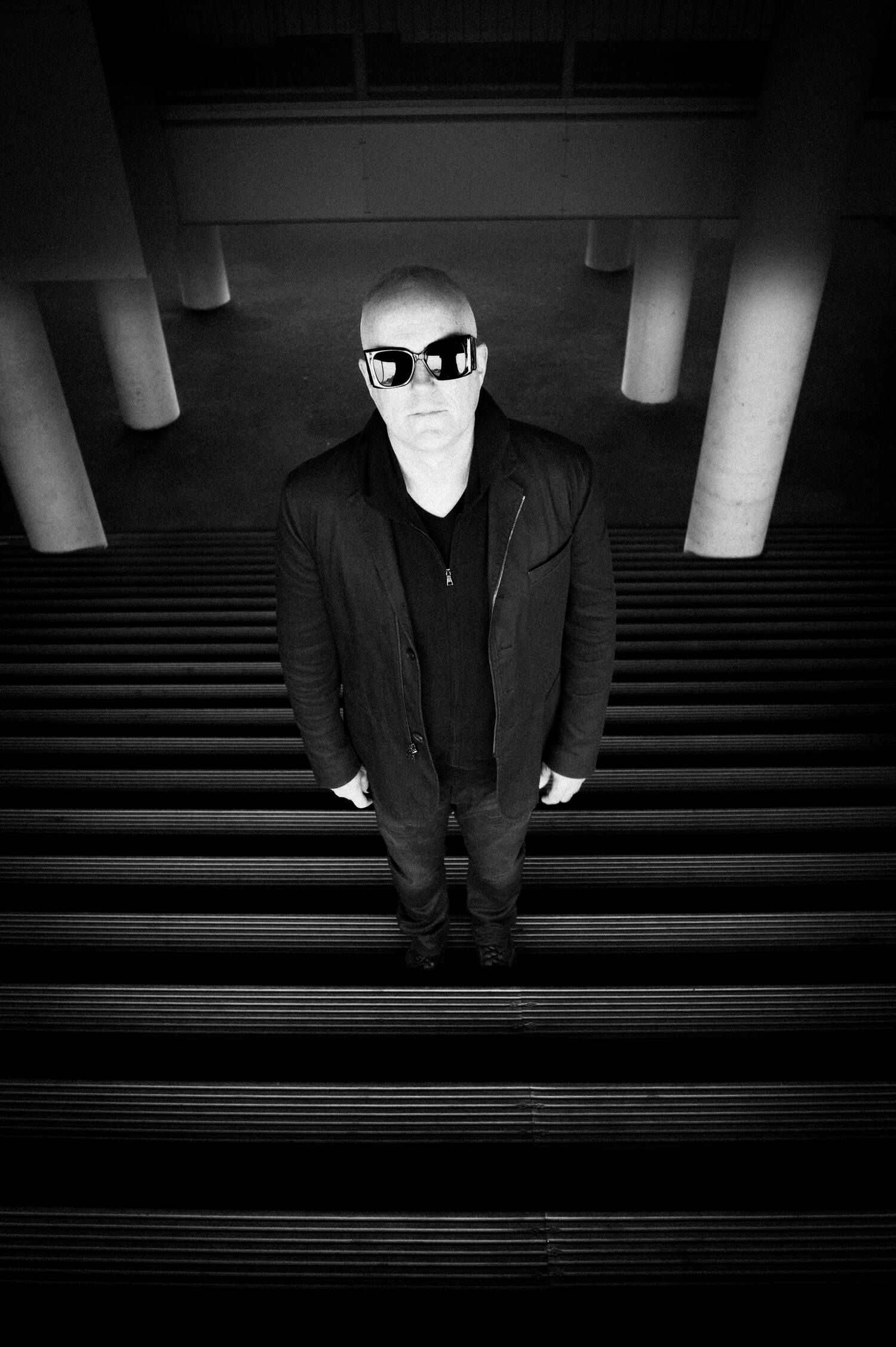
Collaboration is central to your work. Beyond Abe Duque, which artists—past or present—would you most want to create with, and why?
I work with music and visual artists I respect and admire. I observe and learn from them to strengthen my music project. Secretly, I hope for some osmosis of whatever makes them great artists. The now retired Skinny Puppy is one of my great influences and I’d love to work with cEvin Key and/or Nivek Ogre on a project. On the techno front, I’d love to work with both Dave Clarke, and DJ Hell because they are such relevant stalwarts of the genre and scene. On the vocal side of things France’s Miss Kittin, whose track (with the Hacker) Ostbahnhoff I cannot get out of my head, and former Propaganda singer Claudia Brücken are singers I would like to collaborate with. (Any of them can feel free to DM me btw).
Your music blurs the line between club culture and introspection. How do you envision listeners experiencing your tracks—alone, on a dancefloor, or somewhere in between?
I want to people to listen to my music wherever it suits them. My music is full of political and social commentary, but I’ve designed my tracks so that the messages are subversively placed and not in the listeners face. They can search for the messages if they like or just enjoy the music for music’s sake.
Nominally I write techno for the dancefloor and work hard towards getting DJs to play it there. Most of my music promotion efforts are here. Club land is not where introspection happens. It’s more about release, exhilaration and forgetting about the week that has passed.
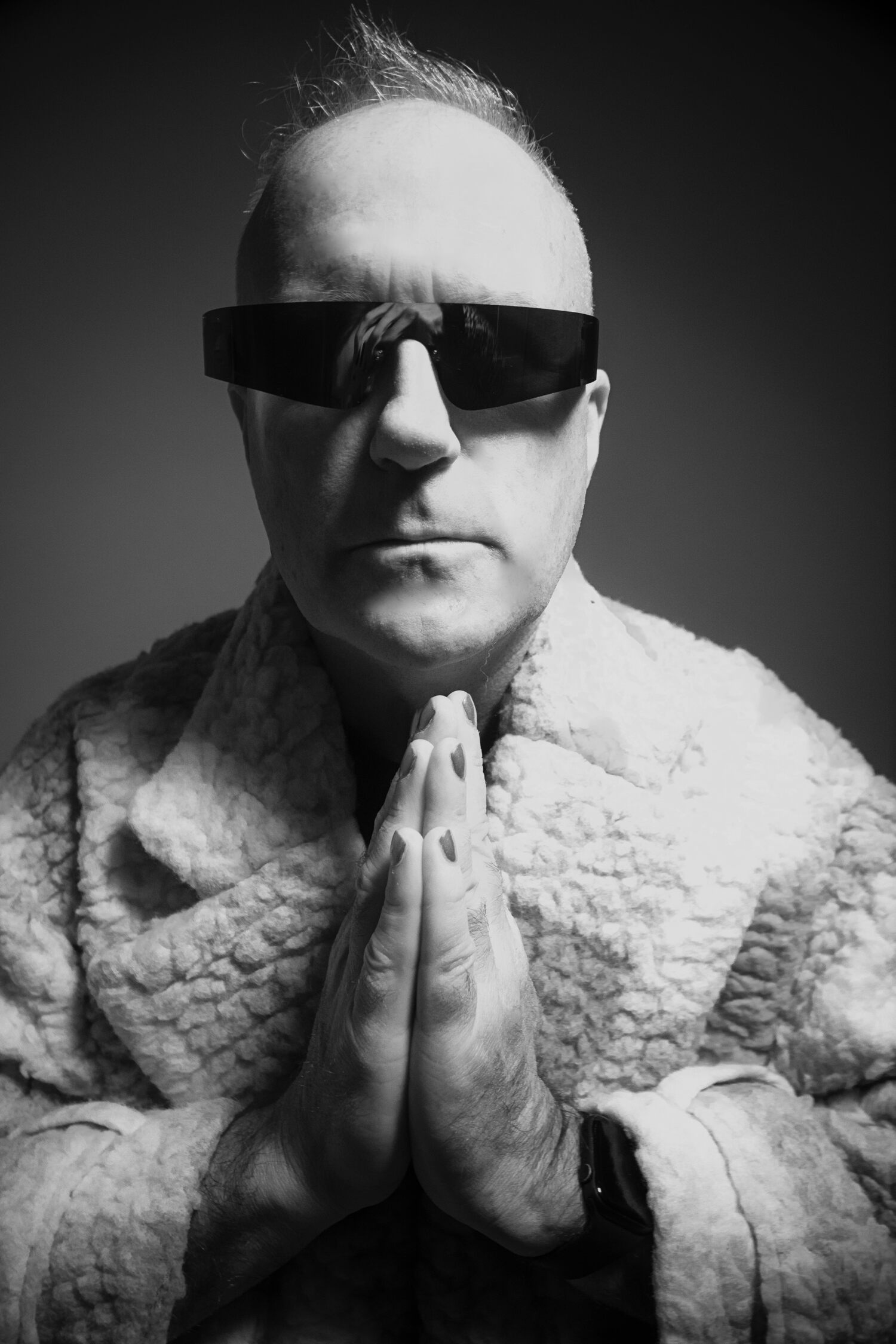
Personally, I listen to most music at home and for much of my life preferred listening to full albums. I remember spending countless hours listening to full length releases by artists such as the Orb and Massive Attack and marvelling how they could assemble such wonderful artistic packages. My own listening habits have changed a bit with the times, but my hope is that listeners will take the time to listen to my full albums and if not that take the time to mine the messages you can find in my tracks.
In Homogeny, you push into new sonic territory. What unexpected influences—literary, philosophical, or otherwise—shaped the album’s direction?
The Homogeny album is a story about humanity’s devolution. We are presented with faux individuality, whilst being funneled towards a sameness. We are too distracted to notice. The album draws on themes of censorship and conformity as it relates as topics as disparate as covid, climate change and geopolitical events.

My tracks are steeped in the things I feel I cannot say in civil conversation, not because they are not civil but because people’s prevailing viewpoints have become such a monolith, and they seemingly cannot bear different opinions, whether they are right or wrong.
Musically, I have started injecting more synthwave and indie dance elements into my tracks and often couple this with industrial elements. I find this leads to stronger melodies and improved danceability.
How do you approach storytelling in your music without relying on words?
All my tracks contain words, and they function as their philosophical backbone. Often, they are vocal samples of politicians saying the ridiculous things they say. For instance, the track “Distorted Information” includes some UN official saying “We own the science.” and I found that this captures the arrogance of our times. I mean no one owns science. It is meant to evolve. What is correct today may be incorrect tomorrow. Some of my tracks include my lyrics and (distorted) vocals. For instance, the track “Alphabet Loop” riffs on our communication challenges with the words “I’ve got all the letters. Can’t find the words”. The track “Burn Rate” explores our addictions “One hit, one fire, one dollar. Careful what you wish for.”
With furnace room records, you’ve carved out your own creative space. What drives the label, and what kind of artists do you seek to amplify?
I’ve structured my music project as a business. In the beginning, I had all these tracks but am new and unknown, so it is very difficult to find a label. I decided to spend my time creating my own label. It gives me complete control and ownership of my music and whatever revenues that accrue. I continue to spend very little time looking for labels focussing on working with remixers to help broaden the audience of my music.
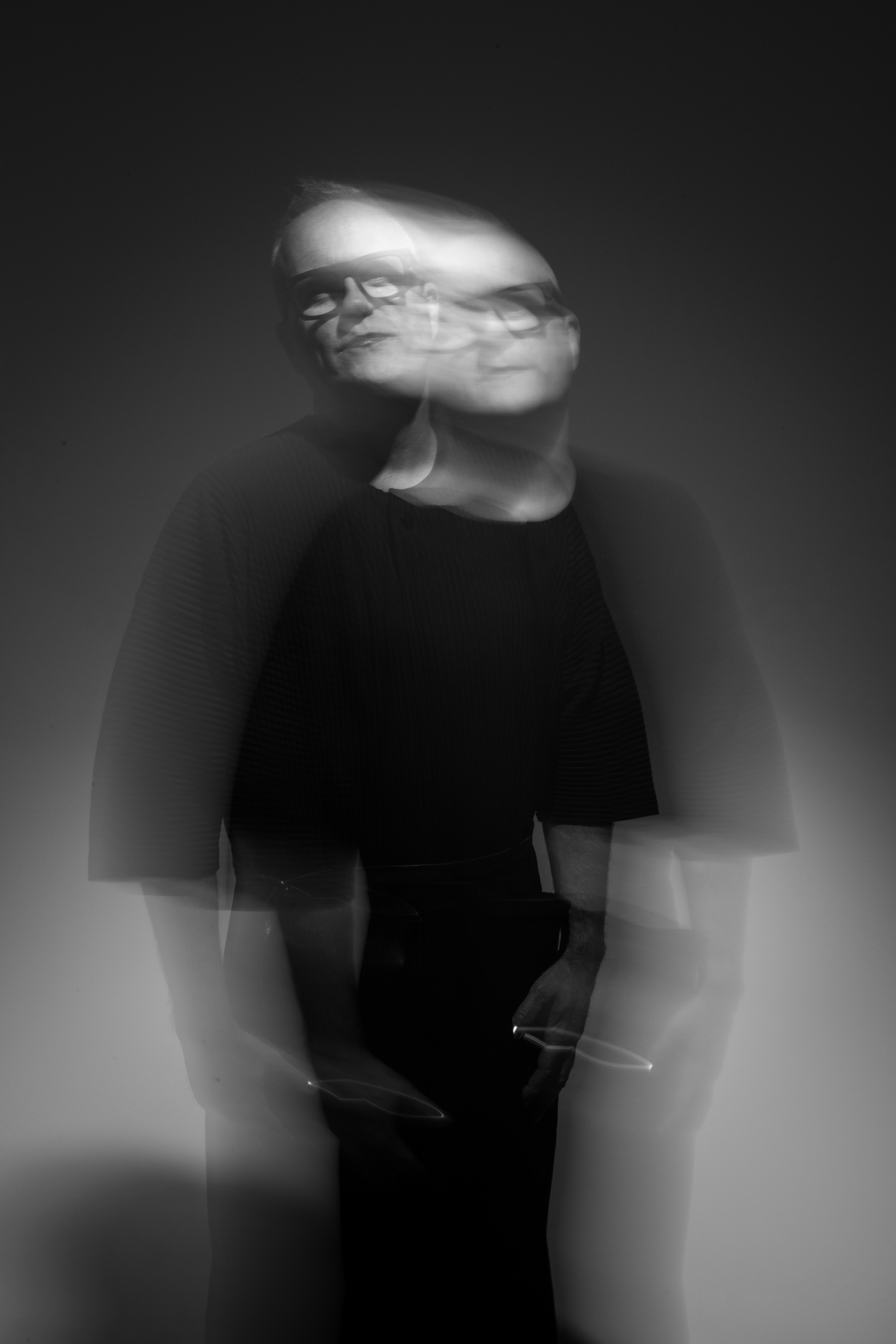
I was really fortunate, recently, to be able to work with Christian Smith, who remixed my track “LCD” and graciously released it on his Tronic label.
I’ve been so focussed on producing and releasing my own music I’ve not given much thought to which artists I would like to have on my label. Ultimately, I would like true rebels who have something to say and create music in their own way.
Places seem to leave a mark on your sound. How do geography and lived experience shape your compositions?
I have had a long career as an environmental scientist and business owner. This took up all my time and the only time I could be creative was when I went on holiday. Then I would furiously create as many watercolour paintings as I could in a short amount of time. I find that this has carried over to music even though this is how I devote most of my time. I love picking up the vibe of a place and then start creating and often finishing a new track, often from the confines of a bland hotel room.
As technology reshapes music production, how do you balance the rawness of analog with the precision of digital?
I have only been producing music for the last five years. My entry point is digital. I’m still fascinated that the laptop I use for my scientific work is also a great tool for music writing. I have bought various pieces of analog equipment but barely use them. I can be digitally productive without have to go through the learning curve of mastering analog hardware. Also from my perspective the plugins for most analog hardware are pretty good and I use them liberally.
What excites you most about where electronic music is heading, and where do you see yourself in that future?
I think artificial intelligence in music is what excites me the most. There is a raging debate about its impact on electronic (and other) music and intellectual property. I view it more as a change management issue. With every major change to music there have been howls, to wit, acoustic guitar: electric guitar; piano: synthesizer and so on. If you recognize that all art is copied, one way or another, I think you can see past the change management and other issues and embrace it as a new tool. As with every other musical instrument, AI still requires someone with creativity and skill to create new art.
I’m in the midst of a five-album release arc. Homogeny is my second album. I have enough completed tracks for my third album and expect that will be released in early 2026. I’m also getting out more both DJing and playing my own tracks live.
I’ll consider myself successful if my music is critically, if not commercially, acclaimed and if people will want to see me perform. I plan on being successful.
Support and Order HERE
FOLLOW APAULL
FOLLOW PULLPROXY
Our next event : ELSE – Berlin – 29.05.2025
